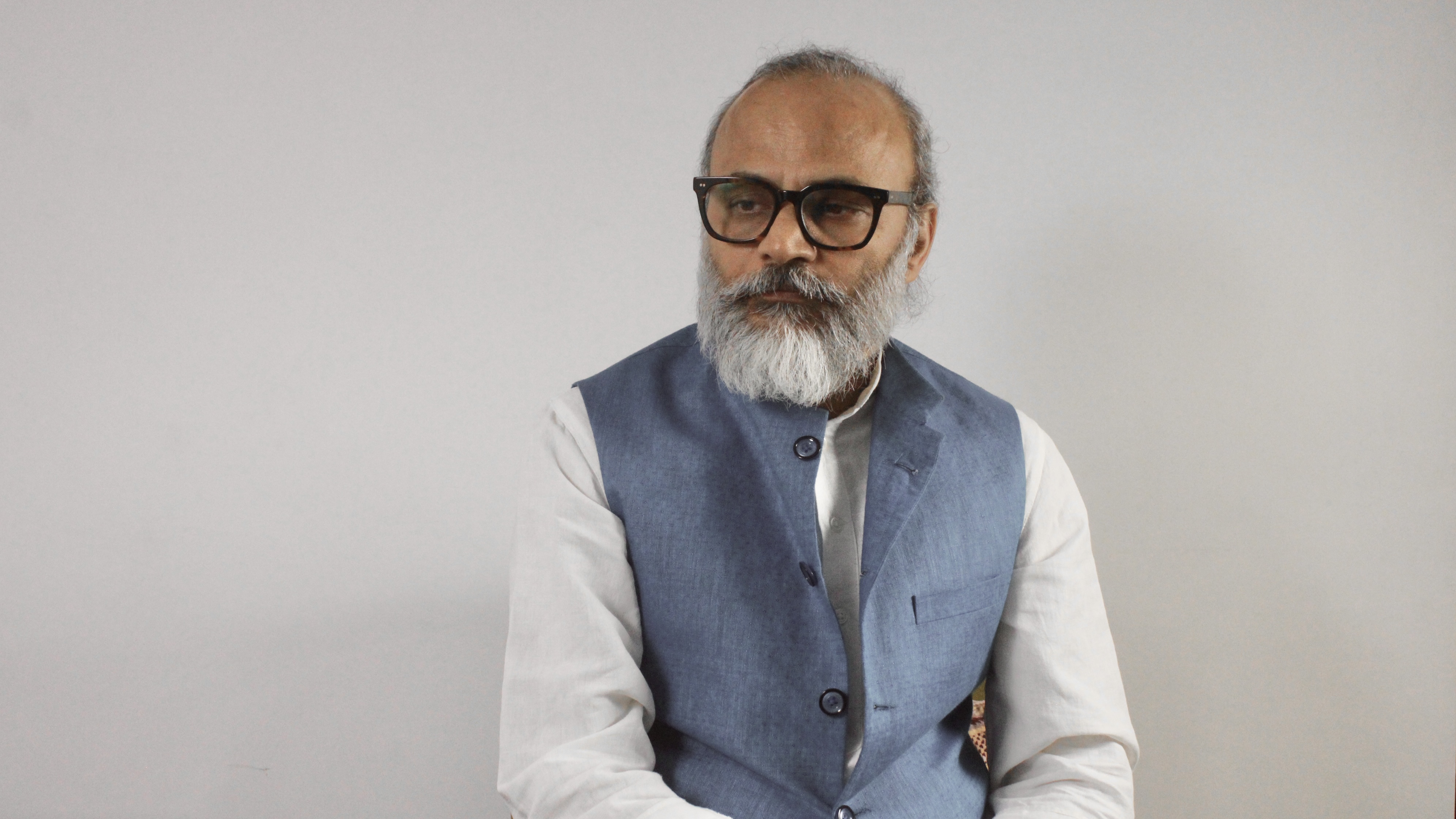
The Concept of The Third Eye
1 year ago By Yogi AnoopUnderstanding the Concept of the Third Eye
In our daily lives, we primarily perceive the external world through our two eyes. However, an intriguing aspect of our perception is that we cannot see ourselves with both eyes simultaneously. Our eyes are adept at focusing on external objects, yet they do not provide insight into our inner selves or our bodies.
What is the Third Eye?
The concept of the third eye arises from this limitation. When we observe the world around us with our two eyes, the third eye symbolizes a deeper understanding that allows us to experience ourselves through external interactions. For instance, when I see you, I am not merely looking at you; I am absorbing knowledge from our interaction. If this knowledge leads me to a greater understanding of myself, it signifies that I am engaging with my own consciousness through your presence.
The third eye, sometimes referred to as the “Thard Eye,” acts as a cognitive lens. Through it, we can transcend the mere act of seeing and begin to experience things that lie beyond the physical realm. This eye does not perceive images in the traditional sense; instead, it invites us to explore the essence of experiences that are often invisible.
Experiencing Beyond Sight
Seeing does not always equate to visual perception. In a philosophical context, to see means to experience. For example, while we can see food, we do not see its taste; we experience it. Similarly, when individuals express skepticism about the idea of seeing God, they may believe that physical sight is inadequate for such a profound experience. True seeing, or experiencing, often pertains to the intangible aspects of life, which cannot be confined to physical forms or images.
As we navigate experiences, we often encounter boundaries—these may be conceptual or sensory. When we begin to experience something deeply, we transcend these boundaries and enter a state that feels image-less. In this state, we are not confined by shapes or colors; rather, we exist in a realm of pure experience.
Memory and the Image-less State
Consider the act of recalling a story from a book after many years. When you remember, the words may flow back, but they do so alongside vivid images and memories of the context in which you learned them. These recollections are not random; they are organized in a manner that incorporates direction, color, shape, and size. However, profound experiences—especially those related to the self—exist in a space devoid of such attributes. In this state, there are no clear distinctions of right or left, north or south.
This concept is essential when discussing the third eye. Although we have two eyes for viewing the world, the third eye signifies a deeper understanding of self and existence that transcends physical perception.
The Symbolic Nature of the Third Eye
From a technical perspective, the idea of a third eye is symbolic. We have two ears and two holes in the nostril, yet we speak of only a third eye. This suggests a unique conceptualization of perception. The third eye represents a mode of understanding that is not merely about visual imagery but rather about a profound connection to our inner selves.
As we engage with the world, we often find ourselves moving beyond boundaries. When we experience our true selves, we reach an image-less state where the typical ways of seeing—through form, color, and shape—do not apply. In practices like Hatha Yoga and Raja Yoga, this idea is emphasized by focusing on the third eye, which is often associated with the center of the brain, guiding practitioners to cultivate awareness beyond conventional perception.
Mindfulness and the Practice of Focusing
The practice of maintaining focus on the third eye, or our center mind, involves training our senses. Our practice encourages the harmonious functioning of our eyes, ears, and nostrils. At times, one nostril may dominate, indicating a loss of balance. Through meditation and yoga, we work to regain this balance and concentration by focusing on a single object or intention.
However, it is crucial to approach this practice with caution. Excessive focus on the third eye can lead to side effects, such as tension in the nerves, which may hinder rather than enhance our practice. It is essential to maintain a gentle focus that does not induce physical stress, ensuring that our journey towards deeper understanding remains nurturing rather than detrimental.
The exploration of the third eye offers profound insights into our perception and understanding of self. By transcending the limitations of physical sight, we can delve into a realm of experience that enriches our consciousness. As we engage in practices that foster awareness and balance, we open ourselves to the vast potential of the third eye, allowing us to experience life in a more holistic and meaningful way.
Recent Blog
Copyright - by Yogi Anoop Academy
